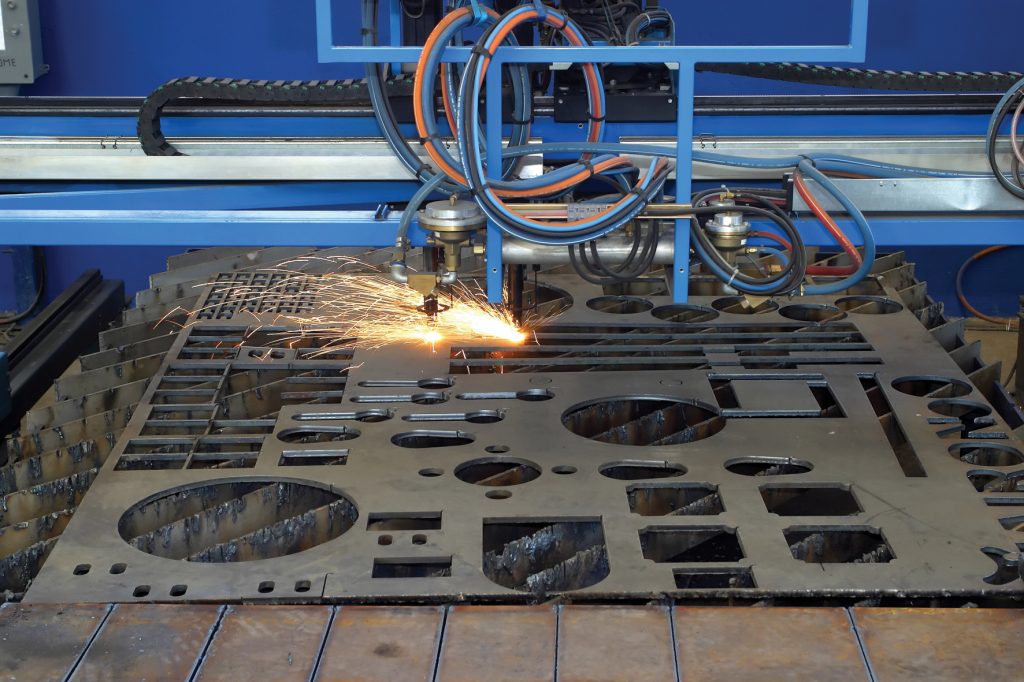How to restore damaged rubber seals

Rubber seals provide a seal between two mechanisms, providing an airtight seal for liquids and gases keeping them in place. However, things can sometimes go wrong, and these rubber seals can become damaged.
A rubber seal has a shelf life, it can mean that you need to think about restoring damaged seals. A damaged seal can cause issues and failure. To do anything about it could mean that what the seal is protecting can leak or can even be affected due to air getting in, affecting pressure and structural failure.
Skip to
Restoring damaged seals can be very cost effective over time. Taking care of your rubber seals is important. Noticing when there is damage or when they need some attention can prove to be worthwhile. If you have the right tools to hand, under the right circumstances, it is possible to restore damaged rubber seals. Here’s how to do it.
What you might need to start the process
Repairing damaged seals is possible when you have the right tools available. You can also use general household products alongside those tools to restore damaged seals. Some of the things you could possibly use include:
- Abrasive file
- Dry, cotton cloth
- Diluted bleach or a mild soap
- Bristle brush
- Sanding cloth
- Protective floor covers
- Protective wear for example gloves
- Almond oil
- Rubber conditioner or solvent
- A cooking pot or saucepan
- Tongs
Rubber Seal Restoration: Step by step guide

Once you have all the equipment you will need, you can begin the process of restoring the damaged rubber seals. Here are some of the steps to take.
- Prepare the rubber seal
Ensure that the rubber seal is free from any dirt or debris. as dirt and grime are no good for rubber seals and can mean they deteriorate at a faster rate.
- Do not be afraid to scrub
Scrubbing the rubber seal can help you to remove any dirt or grime and can also help with the overall appearance. Using a brush to scrub the rubber seal can help you to get it in excellent condition. If there is not much dirt or grime to remove, you could easily just use soap and water to remove what is there.
- Apply a suitable conditioner
There are a number of different rubber conditioners that you can get your hands on and choosing the right one will be down to personal preference. Once you have chosen your conditioner, make sure you rub it into the seal, ensuring that the entire seal is covered. Wipe away any excess.
4. Remove any excess damage
No matter what you do or how you prepare the rubber seal, there can be some parts that are too damaged to be restored. If this is the case, then you can possibly use some tools to remove that part of the seal so that you can carry on restoring the rest of it as long as it does not affect its sealing capabilities. Once you have done that, you can use an abrasive file to buff the area so the rest of the seal can still be used.
5. Increase the seal’s life
Using certain repair tools and conditioners can increase the rubber seals life in terms of the usage.
What if the rubber seal only needs a little attention?
There may be times when your seal is not hugely damaged and only requires a little attention to get it working properly and looking as it should do. In this situation there is a quick restoration that you can do to help you get things back in order.
A straightforward method of just submerging the seal in hot soapy water can often be enough to remove any dirt and grime that has built up.
How long does it take?
Restoring damaged seals can vary depending on the damage and the amount of dirt or grime that is on the seal itself.
It can be worthwhile to try the quirk restoration method to see if that works well first of all. If doesn’t work you may need to try rigorous steps to help you restore the damaged seal.
Understanding when your seals need attention using the tools and following the steps above you should be able to find that you can restore damaged seals very effectively.
Is it worth it?
In many cases, the simple answer is no. As rubber is generally a low-cost material*, designed to last for a finite period, it may be easier and more cost effective to just replace the seal. Rubbers’ compression set dictates how much a seal will relax once it has been compressed so repairing a seal may not always be possible.
However, you may be in a situation where you simply can’t get a replacement when you have a leak or immediate demand for it so there may be circumstances where restoring seals is the only option albeit until a replacement can be sourced.
*Most rubber grades are generally low-cost however some of the higher end fluoroelastomers and perfluoroelastomers are relatively expensive, however due to them sealing in the most aggressive environments, we would always recommend that a seal is replaced.
